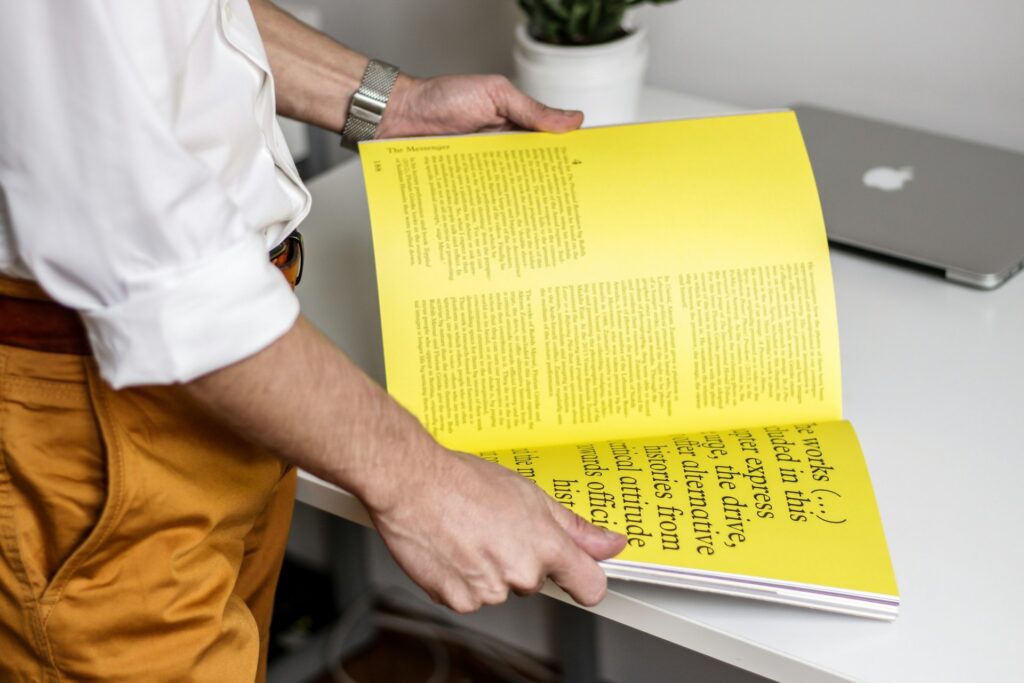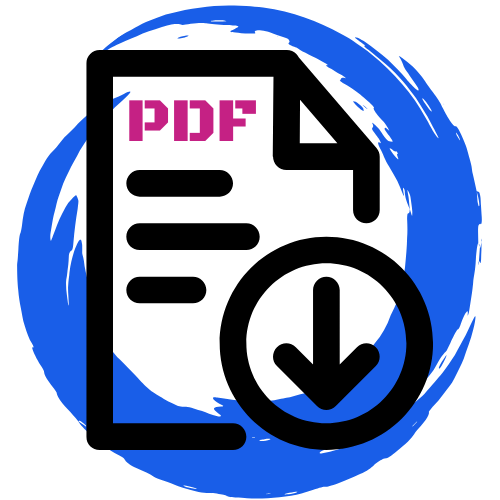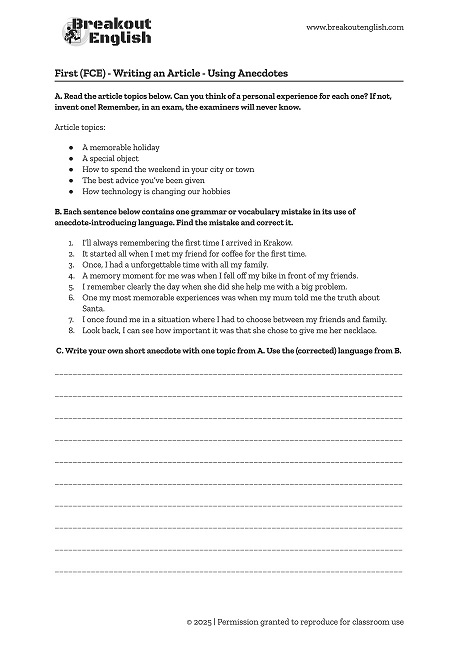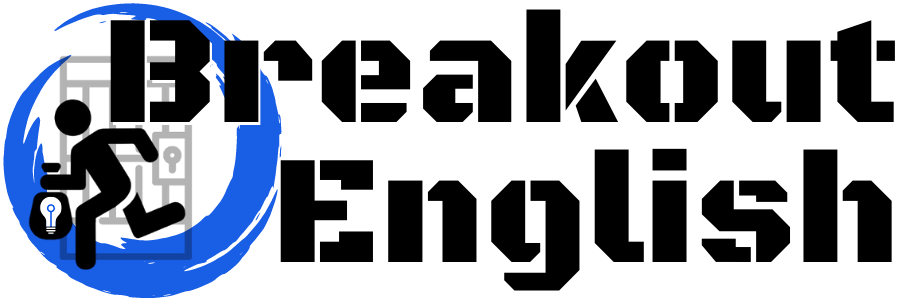Writing an engaging article in the B2 First (FCE) exam is a key skill for success. One of the best ways to capture your reader’s attention and make your B2 article stand out is by using anecdotes. These short, personal stories add depth, create a connection with the reader, and make your writing more compelling. But how can you use them effectively in your exam writing?

Contents
Why use anecdotes in articles for B2 First (FCE)?
Anecdotes are more than just storytelling. They serve a clear purpose in article writing, particularly in the Cambridge B2 First exam. They make your writing more engaging by drawing readers in and encouraging them to continue. Instead of simply stating facts or opinions, anecdotes provide concrete examples that illustrate points clearly and make ideas more relatable. A well-chosen anecdote can also make your article more memorable, as stories tend to stick in a reader’s mind longer than generic statements. Additionally, sharing an experience, even a fictional one, helps to build a personal connection with the audience, making your writing feel more authentic and interesting.
How to use anecdotes effectively
While anecdotes can enhance your article, they must be used wisely to maximise their impact. Here are some key tips:
1. Start with an Anecdote to Hook Your Reader
A strong opening can set the tone for the entire article. Consider starting with a brief anecdote that relates to your topic and intrigues the reader.
Example: I still remember the first time I had to give a presentation in front of my classmates. My hands were shaking, and I could feel my face turning red. But by the end of it, I realised that speaking in public wasn’t as scary as I had imagined. In fact, it gave me confidence that has helped me ever since.
If your article is about overcoming fears or improving confidence, this anecdote immediately connects with the reader and sets up the discussion.
2. Keep It Brief and Relevant
An anecdote should support your point, not overshadow it. In the B2 First exam, you need to balance storytelling with clear, structured writing. Stick to a few sentences that highlight the key moment without unnecessary details.
Example: Instead of writing a long story about a disastrous first cooking experience, summarise it in a couple of sentences: “The first time I tried to cook a meal for my family, I burnt the pasta and added salt instead of sugar to the sauce. It was a disaster! But after a few attempts, I learned from my mistakes and discovered a passion for cooking.”
This keeps the article flowing while still making an impact.
3. Use Anecdotes to Support Your Main Points
Anecdotes work best when they reinforce the topic of your article. Make sure that after telling a short story, you clearly explain how it connects to the main idea.
Example: If you’re writing about the benefits of learning a new skill, you could include an anecdote about struggling with a new hobby and how eventually you achieved success. Then, transition smoothly into a discussion about success.
4. End with a Reflective Anecdote
Just as an anecdote can be an effective introduction, it can also make a strong conclusion. A brief story that summarises the article’s message or leaves the reader with a final thought can be very impactful.
Example: When I think about the first articles I wrote, I can see how much better I have become. At the beginning, my ideas were all over the place, and I didn’t really know how to structure my writing. But after practising, I learned how to organise my thoughts, make my writing interesting, and most importantly, connect with the reader through stories. If I improved, you can too!
This leaves the reader with a sense of closure and inspiration.
The Materials
To help you improve your use of anecdotes in article writing, we have a simple worksheet available for download. This resource includes straightforward exercises and examples to help you practise incorporating anecdotes effectively into your writing for the B2 First exam. By working through these materials, you’ll develop the ability to craft compelling articles that capture the examiner’s attention and earn top marks.
These resources are extracted from our B2 First Writing book, First Writing Plus by Scott Donald. Check it out for even more great writing tips!
Incorporating anecdotes into your articles is a powerful way to engage your audience and make your writing more impactful. With practice and the right strategies, you’ll be able to use storytelling effectively in your B2 First exam.
Download



